JKPACK series piston fillers are designed to dispense a wide variety of liquid and semi-liquid products and serve as ideal filling machines for the cosmetic, pharmaceutical, food, pesticide and other industries. These kinds of pure pneumatic machines represent significant improvements based on our JKPACK series fillers. They are completely powered by air, which makes them especially suitable for an explosion-resistant or moist production environment.
Our filling machines suitable for wide range of product types, include liquid, paste, powder, granule, oils, sauce, and more.
Filling Machine Features
JKPACK series piston liquid filler machines are controlled by compressed air, so they are suitable in explosion-resistant or moist environments.
Because of the pneumatic controls and mechanical positioning, this series has a high filling accuracy.
The filling volume is adjusted using screws and the counter, which provides ease of adjustment and allows the operator to read the real-time filling volume on the counter.
When you need to stop the machine in an emergency, push the URGENT button. The piston will go back to its initial location and the filling will be stopped immediately.
Two filling modes for you to choose—‘Manual’ and ‘Auto’.
Equipment malfunction is extremely rare.
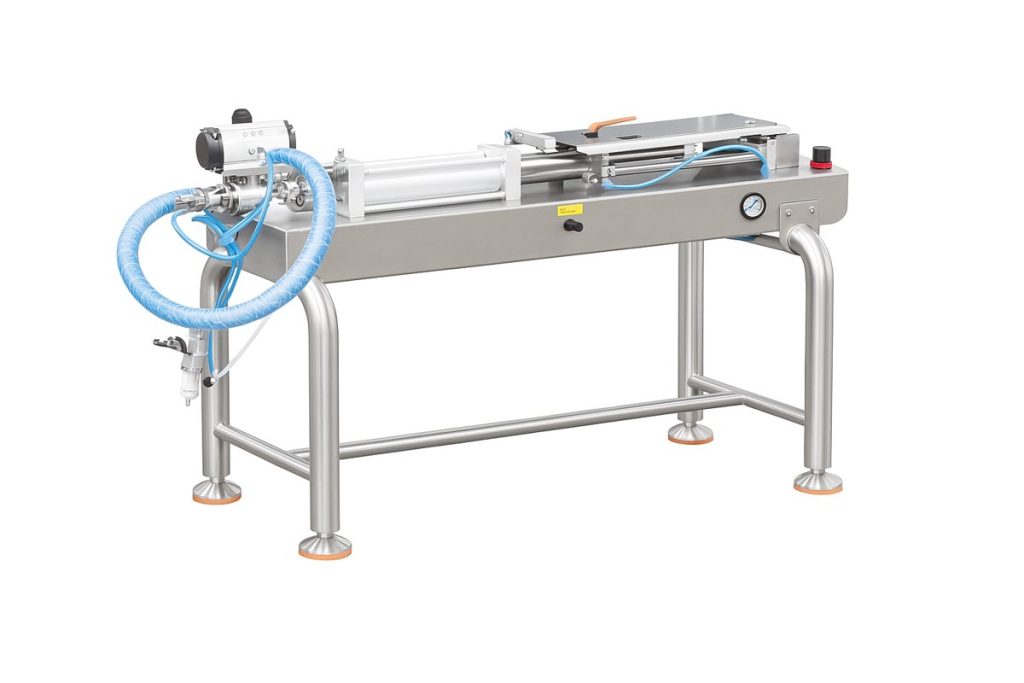
| Model | Filling Volume | Air Consumption (L/min) | Net Weight (kg) | Dimensions (cm) | Filling Speed | Filling Accuracy | Air Pressure |
|---|---|---|---|---|---|---|---|
|
SVFA1-6
|
5 ~ 60 ml
|
23
|
11
|
L92×W28×H40
|
0~50 cpm
|
±5‰ (WATER >50% volume)
|
4–6 kg/cm²
|
|
SVFA1-12
|
10 ~ 120 ml
|
30
|
22
|
L92×W28×H40
|
0~50 cpm
|
±5‰ (WATER >50% volume)
|
4–6 kg/cm²
|
|
SVFA1-25
|
25 ~ 250 ml
|
44
|
25
|
L102×W30×H40
|
0~50 cpm
|
±5‰ (WATER >50% volume)
|
4–6 kg/cm²
|
|
SVFA1-50
|
50 ~ 500 ml
|
87
|
28
|
L108×W32×H41
|
0~50 cpm
|
±5‰ (WATER >50% volume)
|
4–6 kg/cm²
|
|
SVFA1-100
|
100 ~ 1000 ml
|
160
|
36
|
L128×W36×H41
|
0~50 cpm
|
±5‰ (WATER >50% volume)
|
4–6 kg/cm²
|
|
SVFA1-250
|
250 ~ 2500 ml
|
300
|
60
|
L130×W60×H51
|
0~50 cpm
|
±5‰ (WATER >50% volume)
|
4–6 kg/cm²
|
|
SVFA1-500
|
500 ~ 5000 ml
|
450
|
75
|
L130×W60×H51
|
0~50 cpm
|
±5‰ (WATER >50% volume)
|
4–6 kg/cm²
|
Dive into JKPACK diverse range of superior steel products. From manual filling machines to automatic filller machines, our offerings are designed to meet your business needs
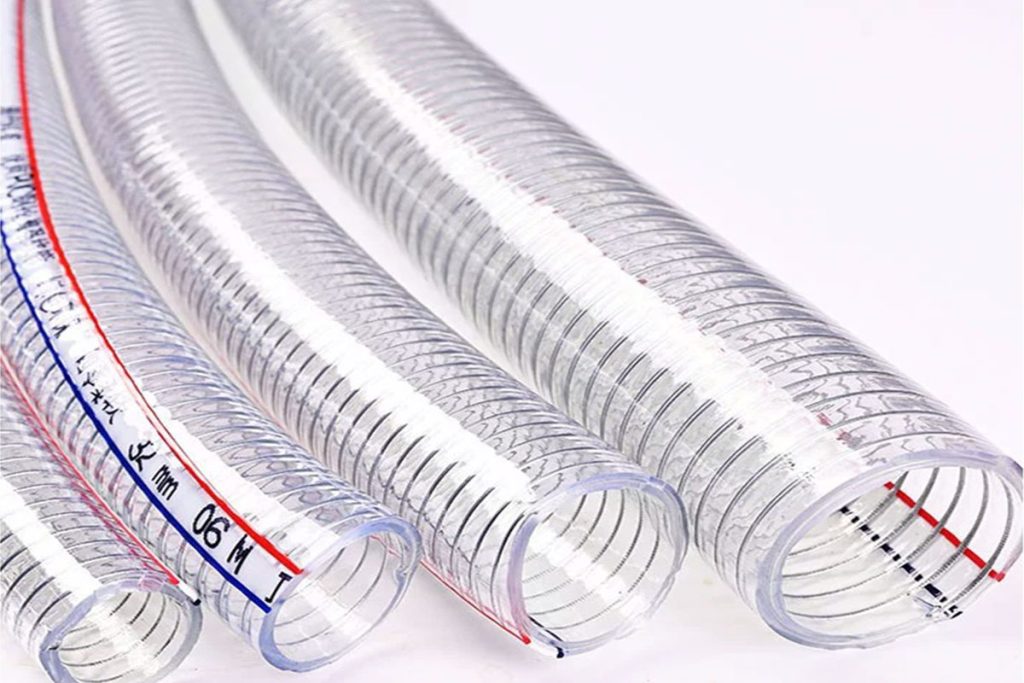
The food-grade silicone hose of the filling machine is non-toxic and odorless, resistant to high and low temperatures (-40℃ to 150℃), corrosion-resistant, soft and durable.


Key components that control the material flow of filling machines

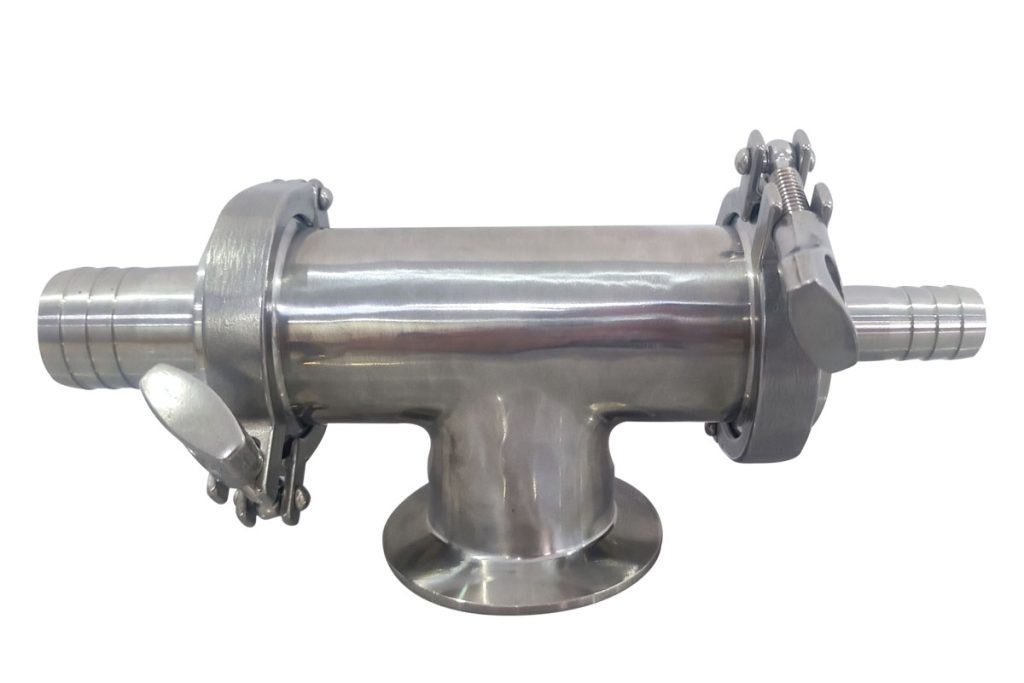
Control the material flow direction of the filling machine and prevent backflow to ensure accurate and stable filling process.

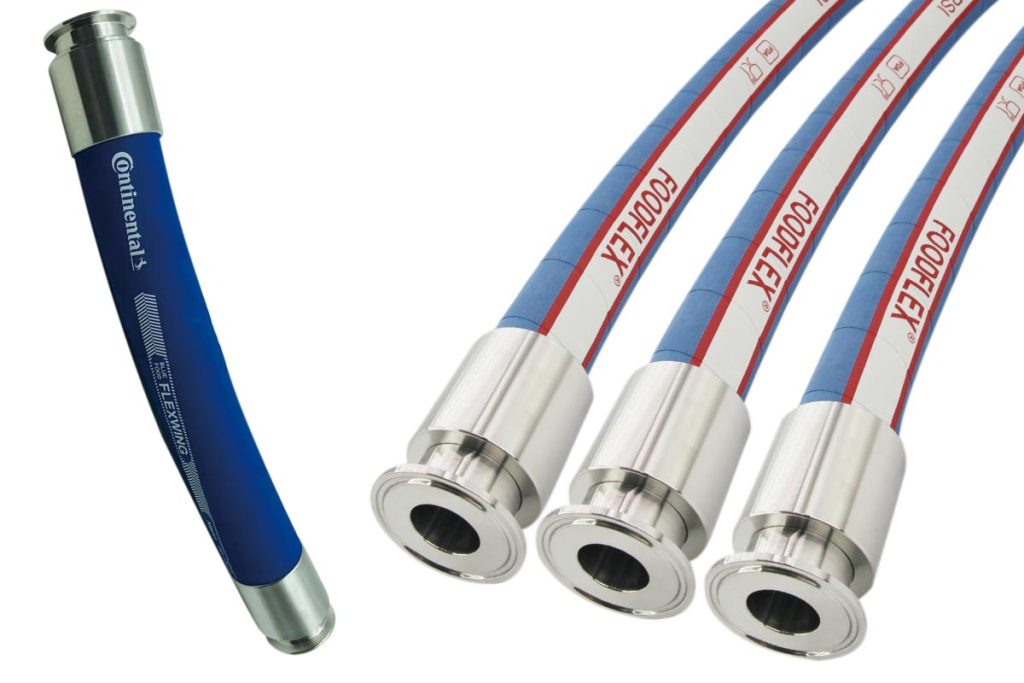
JKPACK liquid filling machine series can adapt to filling various types of containers, such as bottles, bags, sachets, etc.
and are suitable for various liquid product,such as liquid soap,aseptic liquid,pesticide liquid,pharma liquid,liquid chemical,high viscous liquid,hot liquid,pharmaceutical liquid,cosmetic liquid,dish wash liquid,
We provide our clients with top-quality machines and good maintenance services as well.
We welcome customers to visit our factory, whether it is to check our machines, to consult the feeding filling plan, or to understand the operation of the equipment.
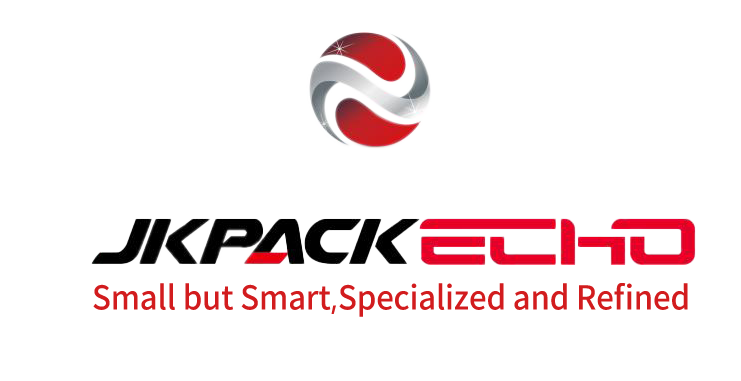
No. 1111, Rong da Road, Shang wang Street, Rui an City, Wen zhou City, Zhejiang Province.
If You Would Like To Visit Our Just Now,Please Contact Us and We Will Arrange a Special Bus To Pick You Up.
Copyright © 2025 Ruian Joye Machinery CO.,LTD All Right Reserved
No. 1111, Rong da Road, Shang wang Street, Rui an City, Wen zhou City, Zhejiang Province.
If You Would Like To Visit Our Just Now,Please Contact Us and We Will Arrange a Special Bus To Pick You Up.